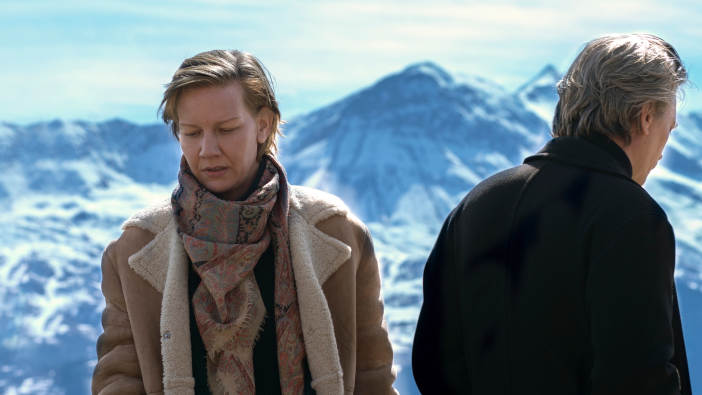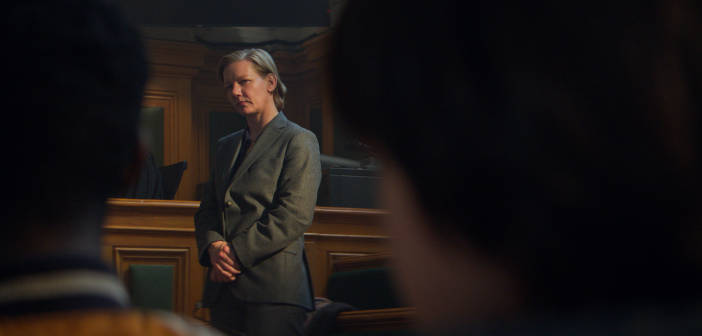Director turned film critic, Paul Joyce, casts his eyes over the BAFTA-winning and Oscar-nominated Anatomy of a Fall…
Perhaps my fellow critics are just too young these days. Or haven’t seen enough great courtroom dramas from the 50s and 60s. This is some of what they say about Anatomy of a Fall: “Top drawer”, Financial Times; “Daring…hits like a punch”, Roger Eberts; “Drama built with stunning precision,” The Independent; “Thrilling whodunit” Time Out; “Ferociously intelligent”, Deadline.
Well, I’m sorry but I come from a harder school, the one with director Sam Fuller as a cheerleader with a cigar embedded in his molars. I’m taking about films such as Compulsion, Twelve Angry Men, and perhaps the most pivotal of all for Justine Triet, the director of our new Anatomy, Otto Preminger’s masterpiece, Anatomy of a Murder. These films teach you lessons all the way up until A Few Good Men, and that’s basically that you need to be on a cliff edge right until the end, and then you have to get the twist, or as they say in the trade, the big switcheroo.
But all we have here is a tearful child, a sick dog (best performance of all by the way) and a half-hearted question: well who did it then? So, there you go, I committed the unmentionable and hinted strongly at the ending, but here is the nub of the matter. This film is dressed up as a courtroom drama but in truth it is anything but; what it is in fact trying to do is an attempt at an Ingmar Bergman lookalike (Scenes from a Marriage).

The film revolves around a central ambiguous question: did Sandra Hüller’s husband (she a successful novelist, he a putative one) commit suicide or precipitate a killing blow to the head from his apparently loving spouse? Slowly, oh so slowly, we are invited into a somewhat dysfunctional family unit, and it is in this central section of the film where the drama sparks into life, at least for some minutes. In a brilliantly written confrontation between husband and wife, a crumbling marriage is laid bare, not just for us but also to the eleven-year old son with visual disabilities. It seems that in order to gather material for his long-awaited debut novel, the husband has been taping family conversations as research for his never-ending project. It is this tape which is played in court as evidence of her intent to kill him, and then we cleverly cut visually to the actual 20 minute astonishing personality clash, until an actual moment of violence between them which – in a minor coup de theatre – is heard but not seen. Perhaps this fillet of brilliance accounts for Anatomy’s inclusion in the Oscar list.
This is a film which would certainly have garnered complementary reviews in any circumstances, but is it an Oscar winner? I would say not, and I have suspicions that its appearance in the nominations, for motives I applaud more in the observation rather than the implementation, is that there is a dearth of female directors in the short list, and this one certainly helps redress the balance. That said, it is clear that Justine Triet has a gift for encouraging good performances from men, women and dogs alike, and Sandra Hüller, in the central role, brings shades of subtlety and ambiguity which on occasion are simply hypnotic to watch, and would surely put her in my list for Best Actress.
Anatomy of a Fall is currently showing in selected cinemas and on Amazon Prime.
Photography courtesy of Lionsgate Entertainment.




